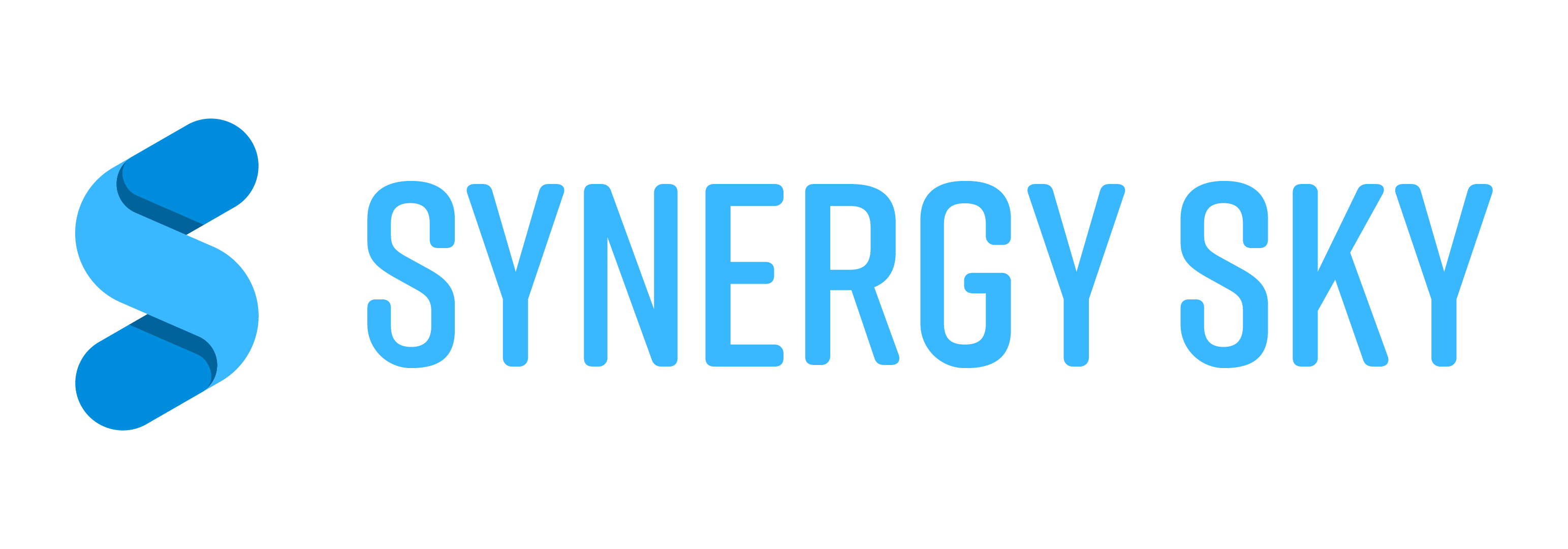He has been pulling strings in the industry since 1995. Learn how he sees the market evolving and where it's going from here.
First, a very warm welcome to the team Sean, we very much look forward to working closely with you and having fun together. Sean will take on the role of VP Business Development with a focus on new markets and developing relationships with Cisco and Microsoft. Read his own exciting and insightful words about the journey that lead him here and beyond:
“In the beginning, this industry was full of vendors offering parts of the total solution for videoconferencing. One company offered endpoints, another MCU or gateway, and yet another a management system. Once you had this familiar ‘three-legged stool’ you could begin to add more options into your deployed solution: firewall traversal, recording, streaming, telephony trunking, and the list goes on. If you were cautiously getting started with this technology, you chose as many components from one company as possible. This drove consolidation in the industry as vendors scrambled to offer more and more of the solution. And soon “the many vendors” slowly became a duopoly between TANDBERG and Polycom.
"Endpoints are good now, nobody talks about video compression codecs …or what resolution is being transmitted anymore"
Over the years there was an arms race with endpoints and to a much lesser degree, MCUs. Every few years a new endpoint with better video, better audio, better cameras, and a UX tweak hit the market with a set of new evolutionary features. But for the 25 years I have been doing this, endpoints were mostly a codec, mic, speakers, two TVs, and a camera. You might have a touch panel or remote control for this generation and the other for the next generation. Endpoints are so good now, nobody talks about what video compression codecs you use, or what resolution is being transmitted anymore. The same goes with audio. MCUs got small incremental improvements, mainly due to lack of competition for years after the market leader Videoserver, abandoned the product line that made their revenue targets, changed their name and marched forward with their strategy a decade too early. The void left was quickly gobbled up by Accord and soon after Polycom would acquire the top MCU company in the market. A few years later, Accord would get all they could handle from an upstart named Codian which was later acquired by TANDBERG. But these products were costly and based on specialized hardware.
We had consolidation and fierce competition that saw many competitors fall along the way and ultimately resulted in a duopoly between TANDBERG and Polycom. And through that duopoly, we got stability and better interoperability between the 2 major vendors. TANDBERG eventually took the #1 spot in the market, first selling more video than Polycom and then eventually selling more video than Polycom sold video and telephones. And then Cisco stepped in and acquired TANDBERG and the rules changed.
One by one, the big players started entering our market. Cisco acquired TANDBERG, Microsoft was dabbling with several different iterations of their strategy and Google started asking “should we” with their acquisition of a Swedish company called Maratech in 2007. An interesting side story: I was part of the TANDBERG CTO team doing M&A work to decide if TANDBERG should build or buy their software client after Movi 1 came to market. Marratech was high on my list of target acquisitions and I remember when Google snatched it out from underneath us. So we decided to build, and Movi 2 or Movi was born.
The attention from these new, larger competitors, was a good thing for our smaller industry, but also had its drawbacks. The bigger companies weren’t interested in making things easier for their competition and investing in multivendor-friendly, total solution environments. So all the progress the duopoly made towards stability took a few steps backward. Out of this chaos, two new disruptors were born: Acano and Pexip. Both had software meeting solutions that could be deployed on off-the-shelf servers, in a hosted environment, or even in the cloud. The meeting infrastructure had been disrupted, as had the consumption model. No longer was it about ports and bandwidth, it was about users and a subscription model. And what both companies did well was to play in the middle between all these new big players and just make it all work.
"Little has been done to overall meeting success."
So where are we now? We have pretty good endpoints and for most people, the video and audio quality are more than good enough. The meeting infrastructure has been made scalable, easy to consume, flexible in deployment, and affordable. But now there is an additional conversation: cloud vs premise. This extra dimension of cloud vs premise vs hybrid joins the current status quo of not investing much in multivendor friendliness to make a hangover cocktail that customers reluctantly imbibe considering their already demanding IT agendas. The technology is good, very good, almost arguably better than it needs to be but very little has been done to overall meeting success: meeting scheduling, meeting start, and overall meeting success. Enter Synergy Sky.
Synergy Sky brings a platform together of critical components for call scheduling integration into your favorite current calendar workflow, call launching with a multivendor ‘single button’ for call connection, call management and analytics, adding in the recording of your conference, and now a new direction of leveraging inbuilt sensors in Cisco endpoints or external 3rd party sensors to provide critical meeting room analytics – even those without videoconferencing installed in them. Wouldn’t you like to know if rooms are booked, but never used? Or used on Mondays, Tuesdays but that Friday meeting nobody ever comes to? Wouldn’t you like to know how many people attended the meeting in each room? If nobody shows, how about automatically releasing the rooms to others for use? Actions you can take if you have the data.
Over the last 25 years, we watched endpoints and meeting infrastructure continues to get better and better and the consumption model gets easier, but the user experience stagnated. Sure some of the larger players are solving some of these issues, but they are doing it for just their environment. Endpoints and meetings are good enough, now it is time to make meetings more reliable, easier to use, and provide the tools to help your teams extract every $$$ of value from those products and from your meeting rooms. I think Synergy Sky is uniquely positioned to solve these challenges, and that is why I have joined the team.”



.jpg)
